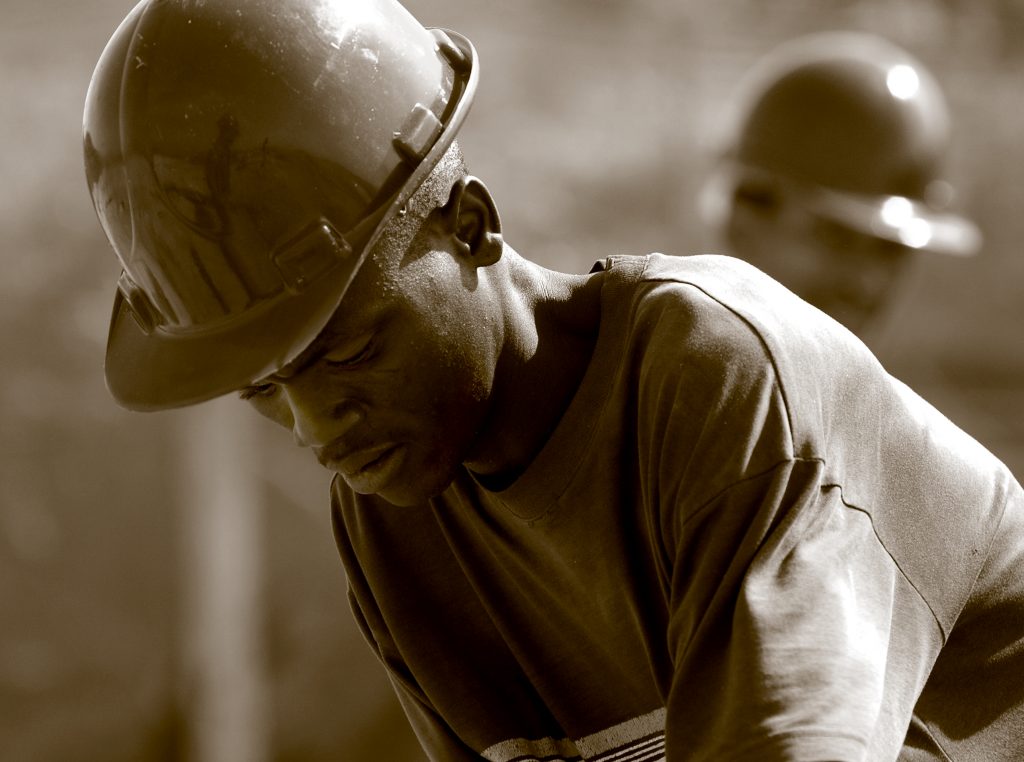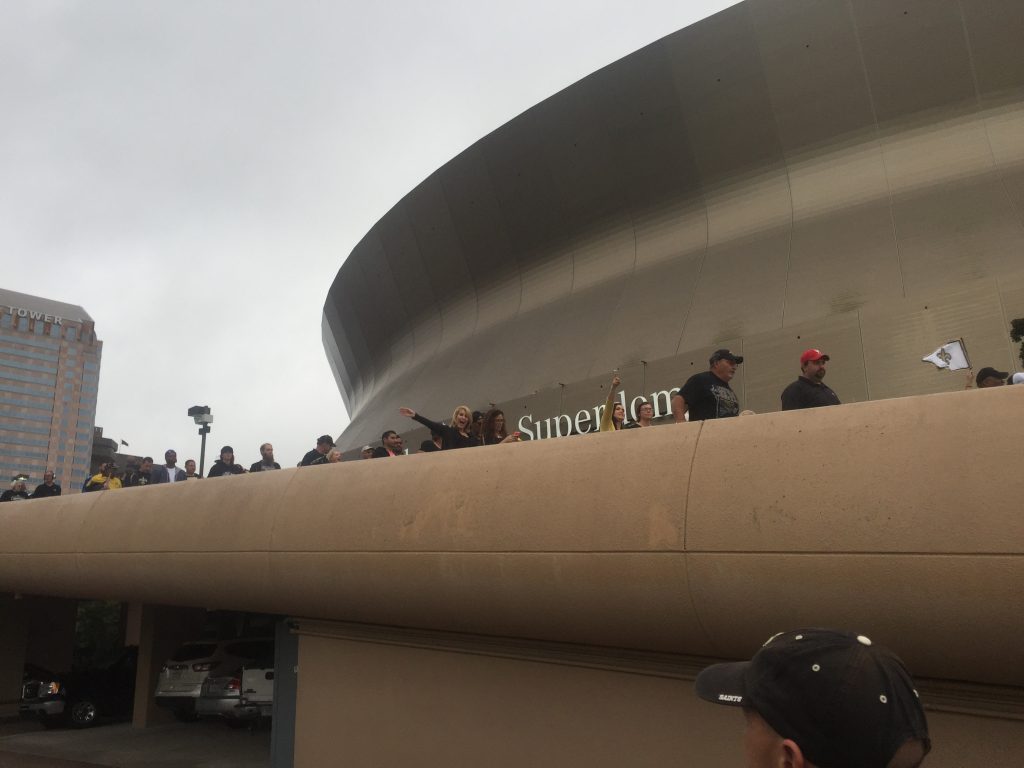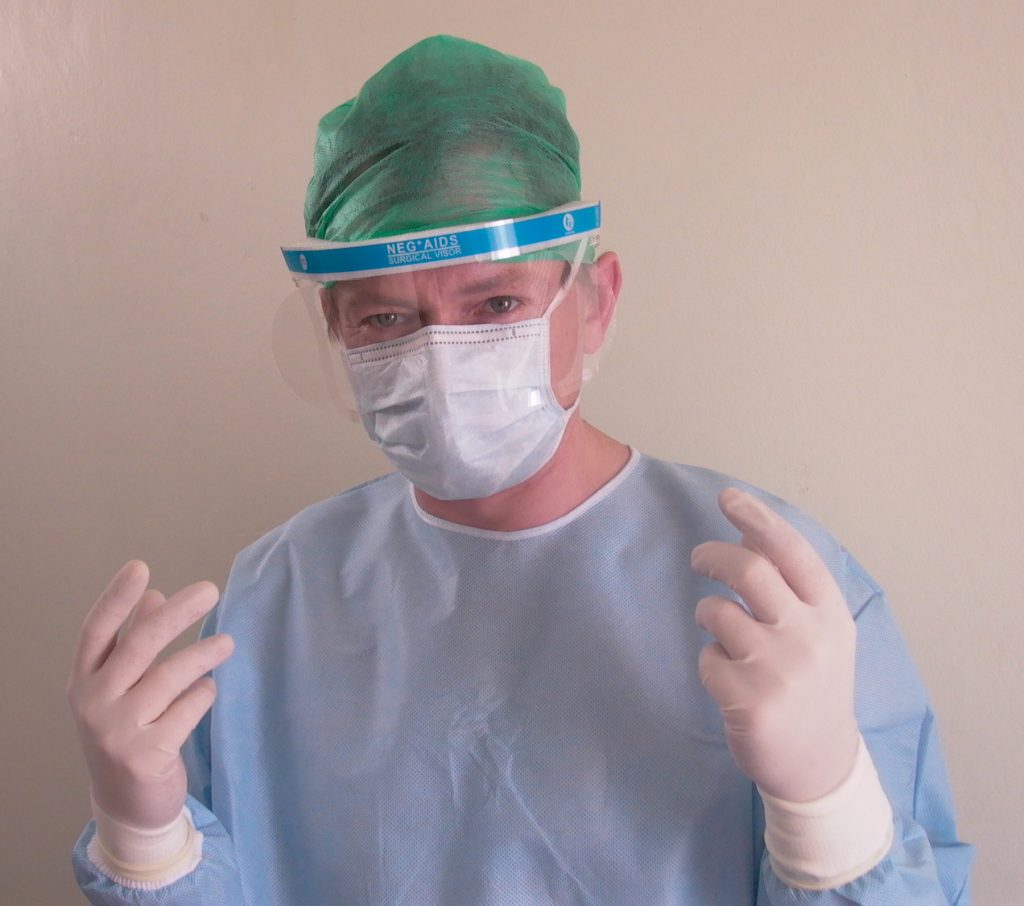 In Louisiana as in other U.S. states, the doctrine of res judicata – literally “a matter judged” – prevents parties from re-litigating a matter once it has been adjudicated on the merits by a competent tribunal. This prevents prolonged litigation of cases which have been purportedly concluded, thus avoiding an unnecessary waste of time and money. Although for res judicata to apply a judgment must be “final” and adjudged “on the merits,” a settlement agreement in Louisiana is res judicata between the parties and is accorded the same effect as a final judgment. (See Louisiana Workers’ Comp. Corp. v. Betz, 792 So.2d 763, 766 (La. Ct. App. 2001)). In other words, the signing of a settlement agreement can preclude parties from litigating matters specified as settled in the settlement. It goes without saying that parties should be cautious when signing settlement agreements. Illustrative is a case from the Louisiana First Circuit Court of Appeal.
In Louisiana as in other U.S. states, the doctrine of res judicata – literally “a matter judged” – prevents parties from re-litigating a matter once it has been adjudicated on the merits by a competent tribunal. This prevents prolonged litigation of cases which have been purportedly concluded, thus avoiding an unnecessary waste of time and money. Although for res judicata to apply a judgment must be “final” and adjudged “on the merits,” a settlement agreement in Louisiana is res judicata between the parties and is accorded the same effect as a final judgment. (See Louisiana Workers’ Comp. Corp. v. Betz, 792 So.2d 763, 766 (La. Ct. App. 2001)). In other words, the signing of a settlement agreement can preclude parties from litigating matters specified as settled in the settlement. It goes without saying that parties should be cautious when signing settlement agreements. Illustrative is a case from the Louisiana First Circuit Court of Appeal.
On October 10, 2005, Joseph Brown was injured in a logging accident while in the course and scope of his employment with AM Logging in Tanigipahoa Parish. Mr. Brown filed a disputed claim for compensation on October 19, 2005 against the appellees in this case, AM logging and its claims administrator, Alternative Service Concepts, L.L.C. On July 14, 2006, AM Logging submitted a report to the Office of Workers’ Compensation (“OWC”), listing injuries to Mr. Brown’s collar bone, left ribs, and back. On July 24, 2009 – almost four years after his original disputed claim – Mr. Brown filed a second disputed claim listing injuries to his shoulder, ribs, back, chest, and neck.
After a hearing on Mr. Brown’s first disputed claim for compensation, the OWC held that Brown sustained a compensable work-related injury in the course and scope of his employment with AM Logging. It also found that Mr. Brown was permanently disabled with no reasonable possibility of rehabilitation through training or education, such that he could attain suitable and gainful employment. In its judgment of March 29, 2010, the OWC ordered AM Logging to pay Brown permanent total disability benefits of $121.00 per week, retroactive to December, 7, 2008 and continuing. It also ordered AM Logging to pay Brown $5,000.00 in penalties and attorney fees.
 Louisiana Personal Injury Lawyer Blog
Louisiana Personal Injury Lawyer Blog


 In Louisiana the owners of motor vehicles are required by law to maintain a minimum amount of insurance in case of a collision. That’s the law and there is no getting around it. The rational behind it is simple, if you crash your car into someone else there needs to be at least a minimum amount that can be recovered by the other person. The consequences of not following that law is a bar from recovering the first $15,000 for your injuries and the first $25,000 of any property damage that you incur if you are in a wreck and it’s not your fault. Those penalties are harsh, but what happens if you fail to maintain insurance and you still have a note on your vehicle? Is the note holder left out in the cold for that first $25,000 to repair the car as well? The following case out of Baton Rouge Louisiana demonstrates what happens in those circumstances.
In Louisiana the owners of motor vehicles are required by law to maintain a minimum amount of insurance in case of a collision. That’s the law and there is no getting around it. The rational behind it is simple, if you crash your car into someone else there needs to be at least a minimum amount that can be recovered by the other person. The consequences of not following that law is a bar from recovering the first $15,000 for your injuries and the first $25,000 of any property damage that you incur if you are in a wreck and it’s not your fault. Those penalties are harsh, but what happens if you fail to maintain insurance and you still have a note on your vehicle? Is the note holder left out in the cold for that first $25,000 to repair the car as well? The following case out of Baton Rouge Louisiana demonstrates what happens in those circumstances. Louisiana worker’s compensation laws allow for injuries to only be charged at the usual cost for treatment. When a worker suffers an injury on the job the amount a hospital receives to pay for treatment may not always cover the cost of the treatment, but the hospital may not be able to recover for these losses.
Louisiana worker’s compensation laws allow for injuries to only be charged at the usual cost for treatment. When a worker suffers an injury on the job the amount a hospital receives to pay for treatment may not always cover the cost of the treatment, but the hospital may not be able to recover for these losses. If your hurt on the job your recourse will typically be through the workers compensation system. Once you are in that system you must play by the rules and follow all orders of the court. If you don’t your employer does have recourse to seek to limit your benefits. Such a situation is demonstrated below wherein Mr. Sims refusal to attend adult education lead to a lesson learned in reduction of workers compensation benefits 101.
If your hurt on the job your recourse will typically be through the workers compensation system. Once you are in that system you must play by the rules and follow all orders of the court. If you don’t your employer does have recourse to seek to limit your benefits. Such a situation is demonstrated below wherein Mr. Sims refusal to attend adult education lead to a lesson learned in reduction of workers compensation benefits 101. If you are fortunate enough not to sustain serious injury as a result of someone else’s negligent actions, you may not realize that the compensation for your injuries can be apportioned and spread to other liable parties. Further still, if you were partially responsible for causing your own injury, you will likely see a reduction in the amount of damages you can recover. This was the case for a Ponchatoula High School band student who was injured while on a school-sponsored band trip in Tennessee.
If you are fortunate enough not to sustain serious injury as a result of someone else’s negligent actions, you may not realize that the compensation for your injuries can be apportioned and spread to other liable parties. Further still, if you were partially responsible for causing your own injury, you will likely see a reduction in the amount of damages you can recover. This was the case for a Ponchatoula High School band student who was injured while on a school-sponsored band trip in Tennessee. Sometimes what you do – or fail to do – before filing a lawsuit, can have a big impact on the final result, as Ross Lynch of Mandeville, Louisiana recently learned. Lynch owns property on Girard Street in Mandeville. Two of his neighbors own a lot directly adjacent to his property that is used by the City of Mandeville as a public parking lot. Overgrown grass and weeds were growing along the fence that separated the two lots. Until filing a lawsuit, Lynch never mentioned this problem to the neighbors or asked them to get rid of the overgrowth, which he considered to be an “obvious nuisance.”
Sometimes what you do – or fail to do – before filing a lawsuit, can have a big impact on the final result, as Ross Lynch of Mandeville, Louisiana recently learned. Lynch owns property on Girard Street in Mandeville. Two of his neighbors own a lot directly adjacent to his property that is used by the City of Mandeville as a public parking lot. Overgrown grass and weeds were growing along the fence that separated the two lots. Until filing a lawsuit, Lynch never mentioned this problem to the neighbors or asked them to get rid of the overgrowth, which he considered to be an “obvious nuisance.” On the afternoon of April 13, 2011, Officer J.M. Bassett of the Shreveport Police Department heard loud music coming from a motorcycle parked at 251 E. 72nd in Shreveport Louisiana. When Officer Bassett attempted to make contact with the man, Jessie Scott, Scott became hostile. As the situation escalated, Officer Bassett employed his Taser stun gun and handcuffed Mr. Scott, placing him into custody and transporting Mr. Scott to the police station. At the station, Mr. Scott complained of chest pain and Mr. Scott was taken to the Louisiana State University Health Sciences Center, where it was determined that Mr. Scott was having a heart attack.
On the afternoon of April 13, 2011, Officer J.M. Bassett of the Shreveport Police Department heard loud music coming from a motorcycle parked at 251 E. 72nd in Shreveport Louisiana. When Officer Bassett attempted to make contact with the man, Jessie Scott, Scott became hostile. As the situation escalated, Officer Bassett employed his Taser stun gun and handcuffed Mr. Scott, placing him into custody and transporting Mr. Scott to the police station. At the station, Mr. Scott complained of chest pain and Mr. Scott was taken to the Louisiana State University Health Sciences Center, where it was determined that Mr. Scott was having a heart attack.
 When a Louisiana resident is injured, she should consider filing a lawsuit against the person, group, or organization whose negligent or intentional acts were a proximate cause of the injury. However many potential plaintiffs do not realize that there may be several other persons and entities, not readily perceptible to the layman, who could be added as defendants and help ensure the plaintiff’s just compensation. Additional defendants can be extremely helpful when a plaintiff is going after substantial compensation because there will be more individuals to help pay out the sum should one or more parties be unable to pay a judgment due to bankruptcy or some other issue. Accordingly when Kenneth Truxillo was injured while attending pre-game festivities at Champions Square, the outdoor entertainment area bordering the Mercedes Benz Superdome, he did not just seek compensation from the owners of the Superdome but added several other defendants that he believed shared responsibility for his injuries.
When a Louisiana resident is injured, she should consider filing a lawsuit against the person, group, or organization whose negligent or intentional acts were a proximate cause of the injury. However many potential plaintiffs do not realize that there may be several other persons and entities, not readily perceptible to the layman, who could be added as defendants and help ensure the plaintiff’s just compensation. Additional defendants can be extremely helpful when a plaintiff is going after substantial compensation because there will be more individuals to help pay out the sum should one or more parties be unable to pay a judgment due to bankruptcy or some other issue. Accordingly when Kenneth Truxillo was injured while attending pre-game festivities at Champions Square, the outdoor entertainment area bordering the Mercedes Benz Superdome, he did not just seek compensation from the owners of the Superdome but added several other defendants that he believed shared responsibility for his injuries. Prescription is a legal doctrine that serves to prevent people from filing lawsuits after a specified lapse of time has passed. The public policy behind the idea of prescription is not to prevent people who have been harmed from receiving relief. Instead, prescription is meant to allow someone who has caused harm piece of mind knowing that they cannot be sued after the passage of a certain period of time. Prescription allows lawsuits to be brought up to a certain time after the events leading to a lawsuit have occurred. These time limits are commonly specified in the specific texts of the laws they serve.
Prescription is a legal doctrine that serves to prevent people from filing lawsuits after a specified lapse of time has passed. The public policy behind the idea of prescription is not to prevent people who have been harmed from receiving relief. Instead, prescription is meant to allow someone who has caused harm piece of mind knowing that they cannot be sued after the passage of a certain period of time. Prescription allows lawsuits to be brought up to a certain time after the events leading to a lawsuit have occurred. These time limits are commonly specified in the specific texts of the laws they serve.